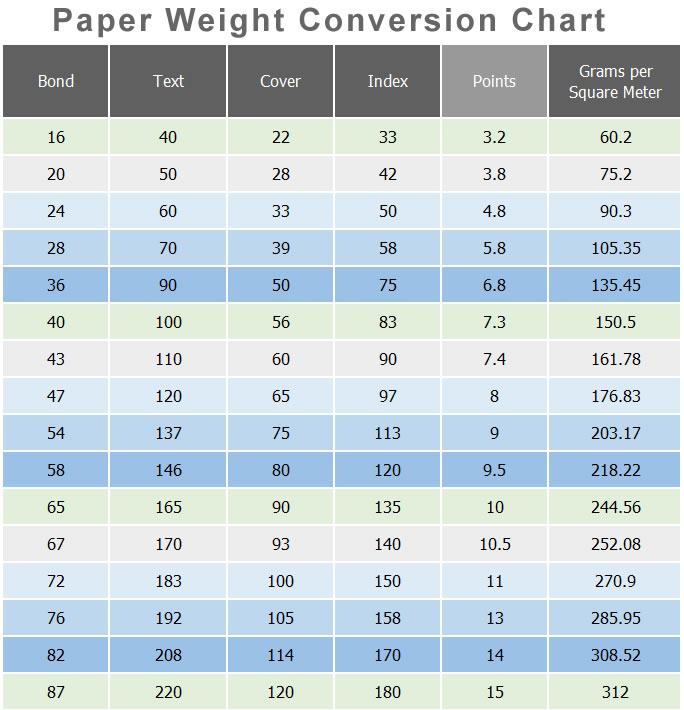

Thickness represents a nice quality and durability, but can also add to the weight of your mailing in which you may incur additional postage. **Įnvelopes are most commonly converted from the 'text' weight papers. **Very important example, 80LB is listed in our text category and our cover category, but they are completely different paper. The basis weight equals the ream (500 sheet) weight of the base size, hence the term basis weight. These base sizes are used to calculate a paper’s basis weight.

Paper types are categorized by their base size in the U.S. Hopefully by now this is starting to make sense. Basis Weight is the weight of a sheet of paper based on standard size. (and the weights continue to go up, please see table above with additional comparison by using grammage) Neenah, a Mativ brand (NYSE: MATV), is a market-leading manufacturer of premium packaging and specialty paper products.
BASIS WEIGHT CONVERSION FREE
Free online weight and mass converter - converts between 70 units of weight. Jump to view 80lb Standard Cardstock 89LB Cover - etc. CONVERSION CHARTS for PAPER (GSM TO BASIS WEIGHT) PAPER INDUSTRY WEIGHT COMPARISONS. Typically used as light weight business cards, door hangers, post cards, etc. Typically used as light weight business cards, greeting cards, post cards, etc. Typically used as mass mailing postcard (light weight postcard) Please see table above with additional comparison by using grammage. (and the weights continue to go up.but this is still 'text weight' paper.don't let the similar weights confuse Typically used for letterhead and other important documents

Typically used for laser/ink printing and letterheads Typically used as all-purpose paper, for copying machines, etc. Keeping these things in mind, we will list some common weights below. COVER WEIGHT (CARD WEIGHT / CARDSTOCK) comes in varying weights, but will have a touch like your 'business card' or 'post card' you may have in your office.

TEXT WEIGHT comes in varying weights, but will have a touch like a 'letterhead' paper you may have in your office. Lets start with an example: Convert 1208 to base 26 (base 26 is fun because it is the Alphabet) For simplicity I will use A1, B2, etc, (in the style of spreadsheet columns) and use Z for zero, but another convention for base 26 is to use A0, B1, up to Z25. These two identifiers are probably the most important factors when you are purchasing a sheet of paper for your project. Base conversion of whole numbers is fairly easy when we use remainders. Here at we deal with two common weights, "TEXT WEIGHT" and "COVER/CARD WEIGHT". This is not technical, but we will associate common weights with everyday items you may come in contact with. We would like to offer another very general understanding of paper weights below. A short set of thought questions is included at the end.Paper weights can be very confusing. Some of the labs will require calculations and analysis of data, and other labs will provide final data without calculations. The outline you should follow for each lab is to learn the background information on the property being tested, note the TAPPI Standard (T410 and T411), or Useful Method that are referenced,then view the video on the correct testing procedure. The overall learning objective is to increase your understanding of why and how these tests and procedures are performed. They will also provide some background about the property being tested. These self guided testing labs and video modules demonstrate the procedures used to test paper and board. The most common and basic properties of paper and board are considered to be basis weight (grammage), caliper (thickness or bulk), density, and moisture content of the sheet. "Self-guided, blended learning testing labs examining property measurements and variables."


 0 kommentar(er)
0 kommentar(er)
